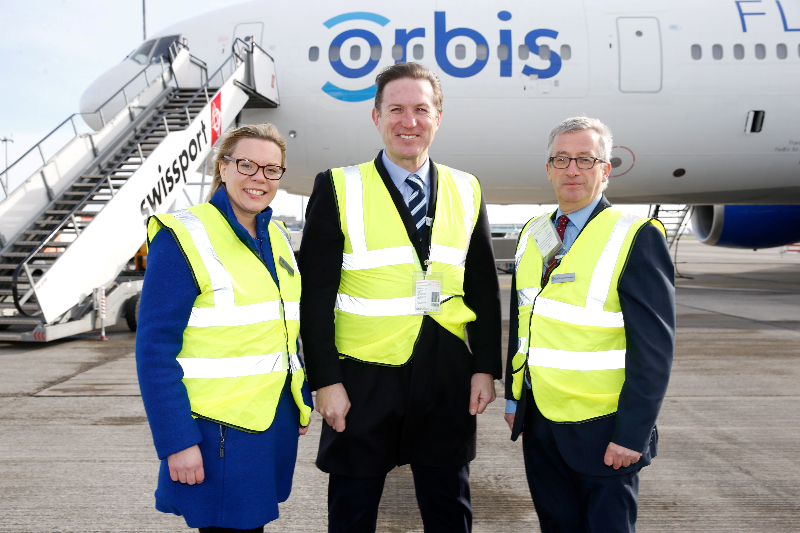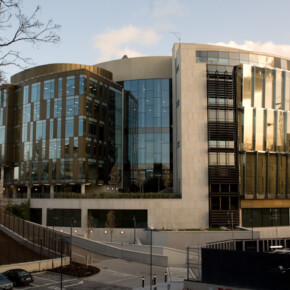Flying hospital is an eye-opener
Dublin People 25 Mar 2017
THE world’s only Flying Eye Hospital touched down at Dublin Airport recently for the first time in a decade.
A specially designed and converted MD-10 aircraft, the Orbis Flying Eye Hospital is the only airborne ophthalmic training facility available across the globe.
Orbis is an international charity that fights blindness. Its Flying Eye Hospital is kitted out with the latest in avionics, hospital engineering, technology and clinical expertise, making it possible for them to bring ophthalmic training to communities in developing countries.
One of the visitors to the aircraft as it arrived at the Cityjet hanger in Dublin Airport, was former radio producer, Cllr Deirdre Donnelly from Stillorgan, who had personally witnessed the work carried out by Orbis overseas a few years ago.
“In late 2013 I visited Ethiopia to make a radio documentary on disability in the developing world,” Cllr Donnelly recalled. “It was at a time when the Millennium Development Goals had almost reached their deadline and the international community was looking towards the next step in aid for those countries.
“I was really impressed with the incredible work Orbis does in that part of the world.”
Over 285 million people around the world are blind, and four out of five suffer from preventable conditions.
A total of 90 per cent of those affected live in developing countries where they cannot access the type of sight-saving treatments that many others take for granted.
For more than 30 years, Orbis has helped countries build the skills and resources they need to address the problem. The charity now has a team of over 400 expert medical volunteers, from 30 countries, training local medical teams both in their own hospitals and on the Flying Eye Hospital.
Over the past 10 years, the people of Ireland have invested €4.33 million in providing eye care services across the southern regions of Ethiopia, an area that has a population of 2.2 million people.
By 2019, Orbis Ireland’s aim is to conduct 17,000 eye surgeries, provide over 4,000 training sessions for eye care teams and health workers and prescribe over 6,000 pairs of glasses.
Orbis Ireland is based in the Sandyford Business District and each year paediatric ophthalmologist, Donal Bresnihan and optometrist, Tony McAleer of the Eye and Ear Hospital in Dublin travel to Ethiopia to train medical teams in treatment and prevention.
“When I was making the programme I visited some of the small villages that have no electricity, toilets or running water,” Cllr Donnelly added.
“It is really sad to witness at first-hand how blindness or any other kind of disability affects not just the person who has the condition but so many others around them.”
Maurice Cox, Chairman of Orbis Ireland, said: “Over the past 10 years, Orbis Ireland’s mission has been to eliminate a painful blinding eye disease – trachoma – from the poorest regions of southern Ethiopia.
“The unwavering commitment and partnership with the Irish people has allowed us to accomplish so much to provide basic eye care for those most in need. Bringing the plane to Ireland is just one small way we can thank our supporters for their dedication.”
The aircraft features a modular design, 3D technology and live broadcast capabilities to train more doctors, nurses and healthcare professionals.
The plane is based at the CityJet Hanger at Dublin Airport with fully booked tours scheduled to run over four days, before it departs for Stansted Airport.
For every €1 raised by Orbis Ireland, 81 cent goes directly towards saving sight. The remaining 19 cent is invested in raising more funds and administration – for each €1 spent, Orbis Ireland raises €5.31.
“One medical procedure costs €6,” Cllr Donnelly pointed out. “Basically, the price of two cups of coffee in Ireland can give someone in Africa their eyesight back. It’s something worth thinking about.”











